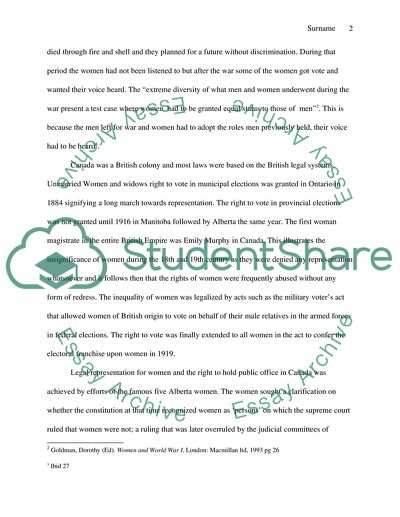Cite this document
(Women and Politics in Canada Research Paper Example | Topics and Well Written Essays - 3000 words, n.d.)
Women and Politics in Canada Research Paper Example | Topics and Well Written Essays - 3000 words. Retrieved from https://studentshare.org/gender-sexual-studies/1769040-women-politics-in-canada
Women and Politics in Canada Research Paper Example | Topics and Well Written Essays - 3000 words. Retrieved from https://studentshare.org/gender-sexual-studies/1769040-women-politics-in-canada
(Women and Politics in Canada Research Paper Example | Topics and Well Written Essays - 3000 Words)
Women and Politics in Canada Research Paper Example | Topics and Well Written Essays - 3000 Words. https://studentshare.org/gender-sexual-studies/1769040-women-politics-in-canada.
Women and Politics in Canada Research Paper Example | Topics and Well Written Essays - 3000 Words. https://studentshare.org/gender-sexual-studies/1769040-women-politics-in-canada.
“Women and Politics in Canada Research Paper Example | Topics and Well Written Essays - 3000 Words”, n.d. https://studentshare.org/gender-sexual-studies/1769040-women-politics-in-canada.


